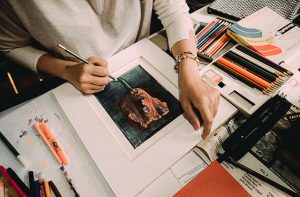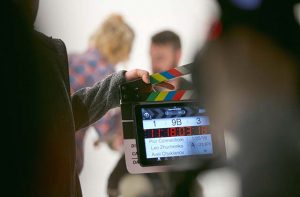In the dynamic landscape of education, where captivating the attention of students is paramount, educators are constantly seeking innovative methods to enhance learning experiences. One such approach gaining traction is the utilization of storyboarding techniques. By borrowing from the realm of filmmaking and animation, educators can create visually compelling lesson plans that not only educate but also inspire. In this article, we delve into the art of leveraging storyboarding techniques for engaging school lessons, exploring how concept artist play a pivotal role in transforming abstract ideas into vibrant visual narratives.
At the heart of effective storyboarding lies the ability to transform abstract concepts into tangible visual representations. This is where concept artists come into play. With their keen eye for design and creativity, concept artists have the expertise to breathe life into educational content, translating complex ideas into captivating visuals. Whether illustrating scientific phenomena, historical events, or literary themes, concept artists possess the skillset to create compelling imagery that resonates with students on a profound level.
One of the primary advantages of incorporating storyboard techniques into school lessons is the ability to cater to diverse learning styles. Visual learners, in particular, benefit greatly from the inclusion of visual aids such as illustrations and diagrams. By presenting information in a visually engaging format, educators can capture the attention of students who might otherwise struggle to grasp abstract concepts. Moreover, the use of storyboarding encourages active participation and stimulates critical thinking skills as students analyze and interpret visual narratives.
Furthermore, storyboarding fosters collaboration and creativity in the classroom. When tasked with creating storyboards for their lessons, educators have the opportunity to collaborate with concept artists to develop visually stunning content that resonates with students. By working together, educators and concept artists can leverage their respective expertise to create cohesive and impactful visual narratives that enhance the learning experience. Additionally, involving students in the storyboarding process empowers them to express their creativity and take ownership of their learning journey.
Incorporating technology into the storyboarding process opens up a world of possibilities for educators and concept artists alike. Digital tools and software platforms offer a range of features to streamline the creation of storyboards, from digital drawing tools to animation software. By harnessing these technological innovations, educators and concept artists can create dynamic and interactive visual narratives that captivate students’ attention and enhance their understanding of complex concepts. Moreover, digital storyboarding allows for seamless integration with online learning platforms, providing educators with the flexibility to deliver engaging lessons both in the classroom and remotely.
However, effective storyboarding requires careful planning and execution. Before embarking on the creation of a storyboard, educators and concept artists must first identify the learning objectives and target audience for the lesson. By aligning the content of the storyboard with specific educational goals, educators ensure that every visual element serves a purpose in advancing student learning. Additionally, incorporating elements of storytelling into the storyboard narrative adds depth and resonance, making the learning experience more immersive and memorable for students.
Evaluation and iteration are also key aspects of the storyboarding process. By soliciting feedback from students and peers, educators and concept artists can identify areas for improvement and refine their storyboards accordingly. Additionally, ongoing assessment allows educators to gauge the effectiveness of their storyboarding efforts and make adjustments as needed. By embracing a culture of continuous improvement, educators and concept artists can enhance the impact of their visual narratives and elevate the quality of education in the classroom.
In conclusion, leveraging storyboarding techniques for engaging school lessons represents a powerful strategy for educators seeking to enhance student engagement and comprehension. By collaborating with concept artists and harnessing the power of visual storytelling, educators can create immersive learning experiences that captivate students’ imagination and foster critical thinking skills. As technology continues to evolve, the role of storyboarding in education will undoubtedly expand, offering new opportunities for innovation and creativity in the classroom. By embracing these techniques, educators and concept artists can inspire a new generation of learners and shape the future of education. Read more on how to upgrade your storytelling skills.



